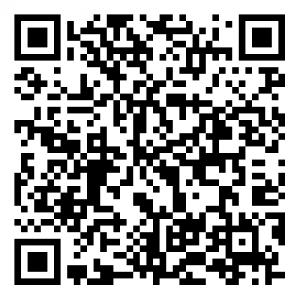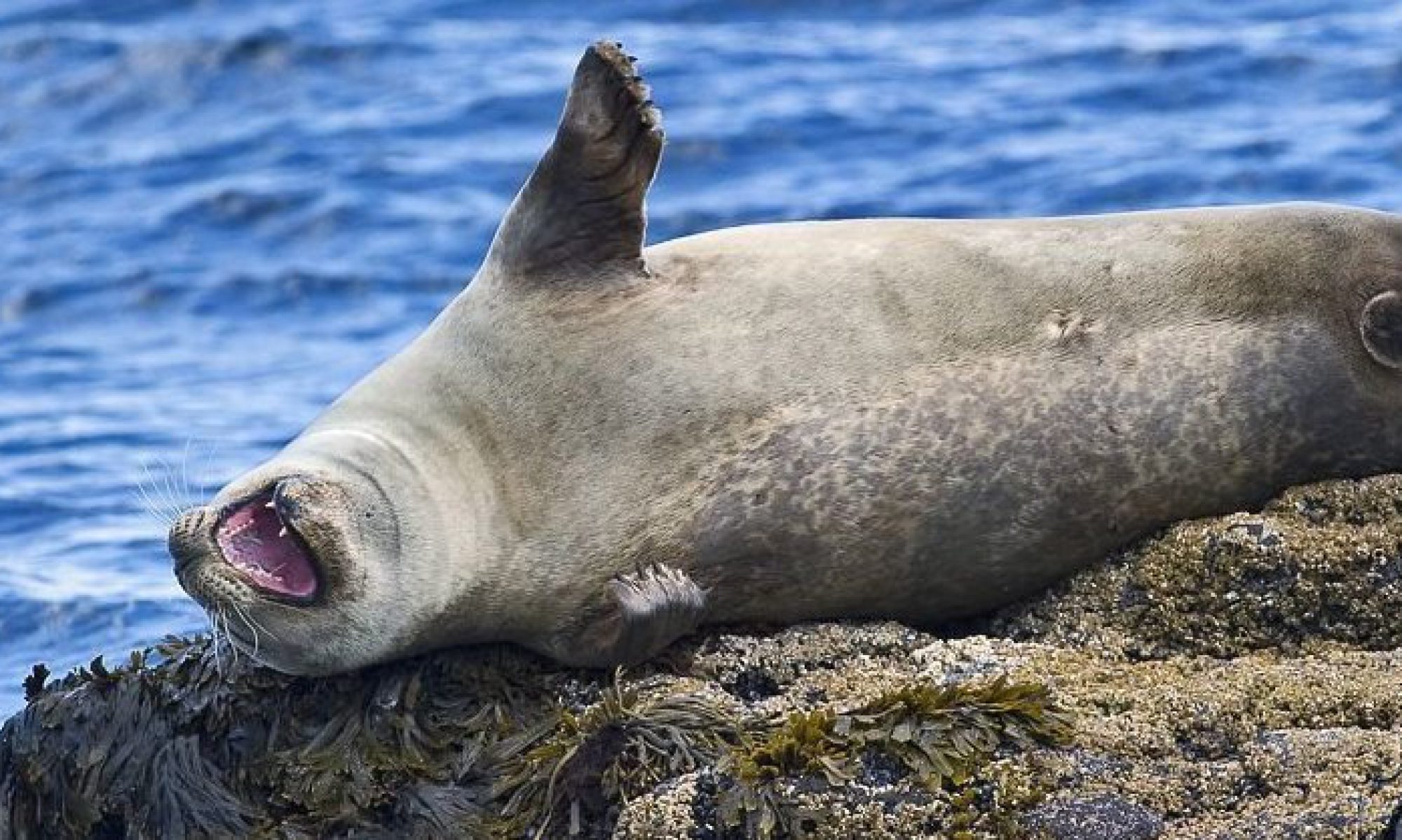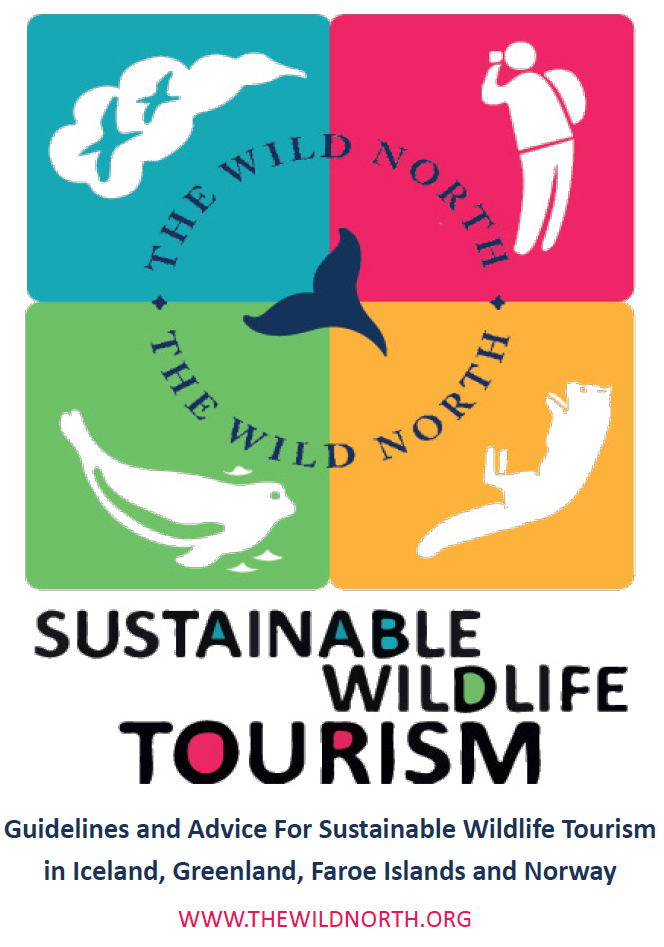
Here, we present a code of conduct developed in 2011 based on research conducted by Seal Center staff who used original studies and published literature to define behaviors that should be adopted by people who want to enjoy Iceland’s wildlife with as minimal an impact as possible.
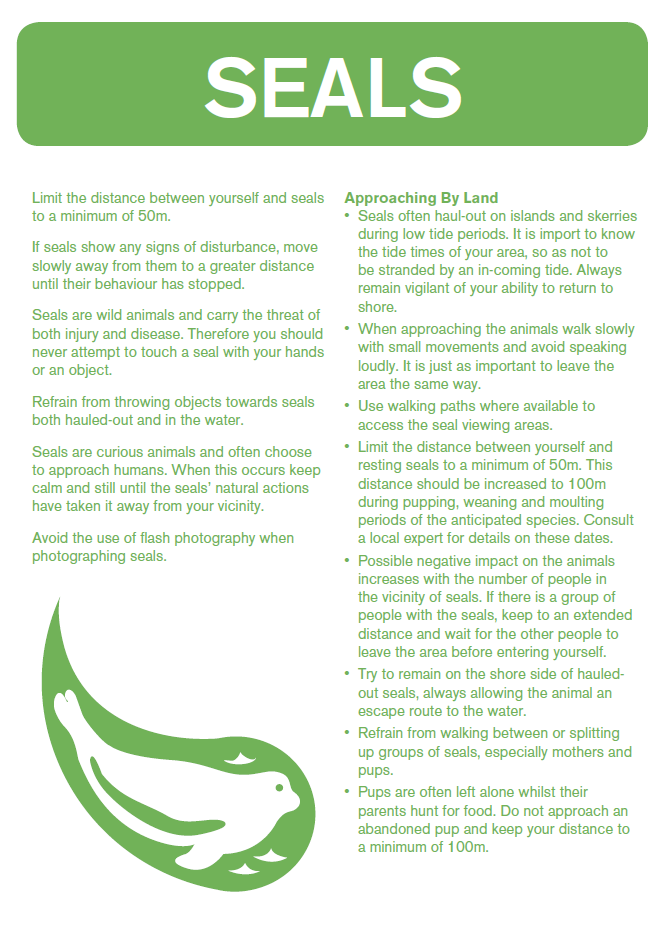
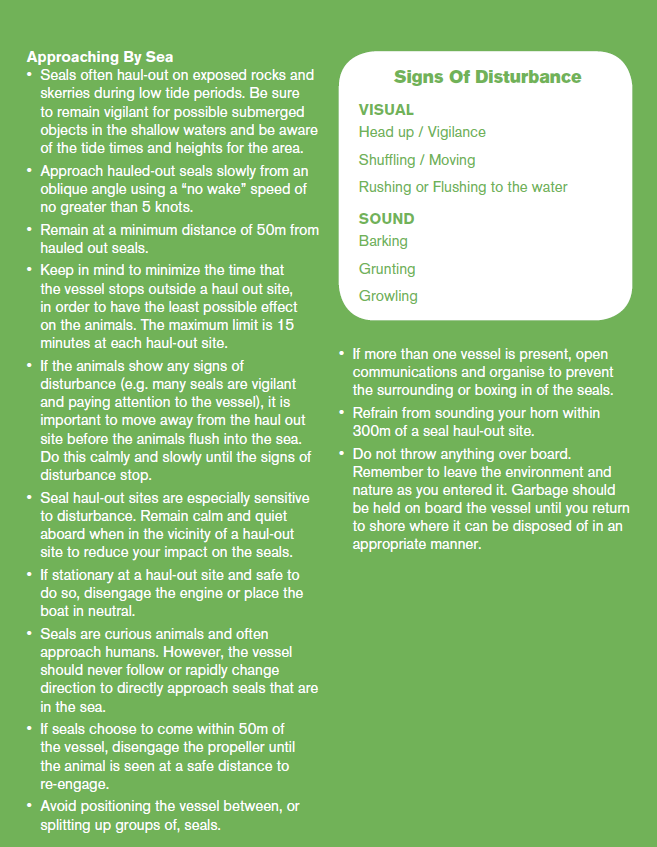
Click the link or scan the QR code below for the full Code of Conduct brochure.
Click here to download our full Code of Conduct for wildlife watching
